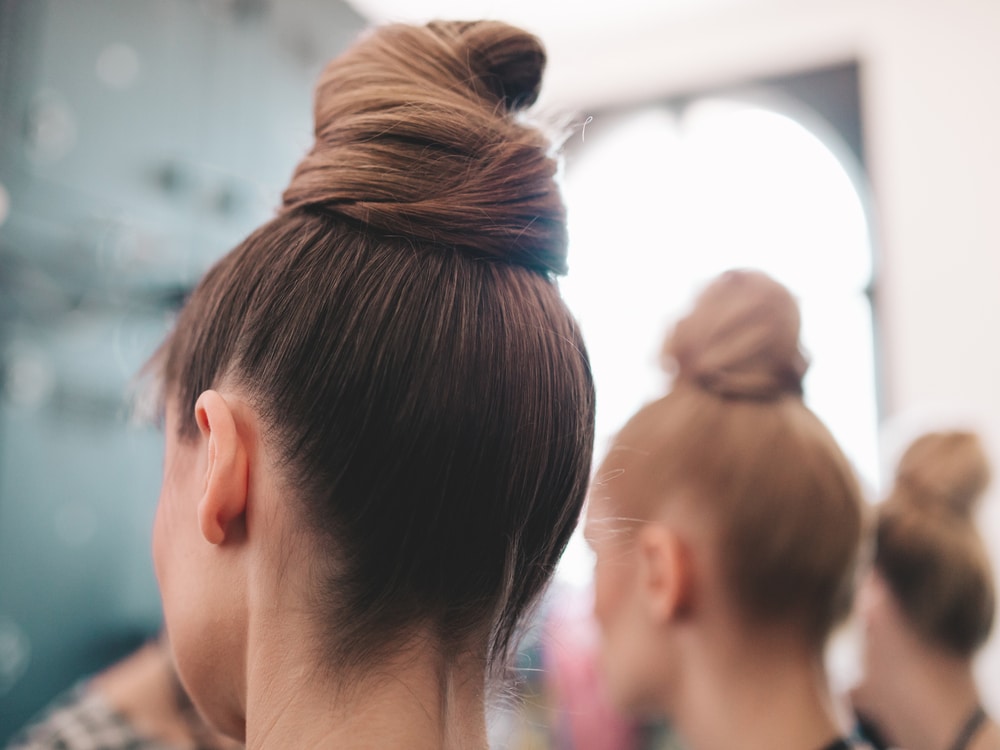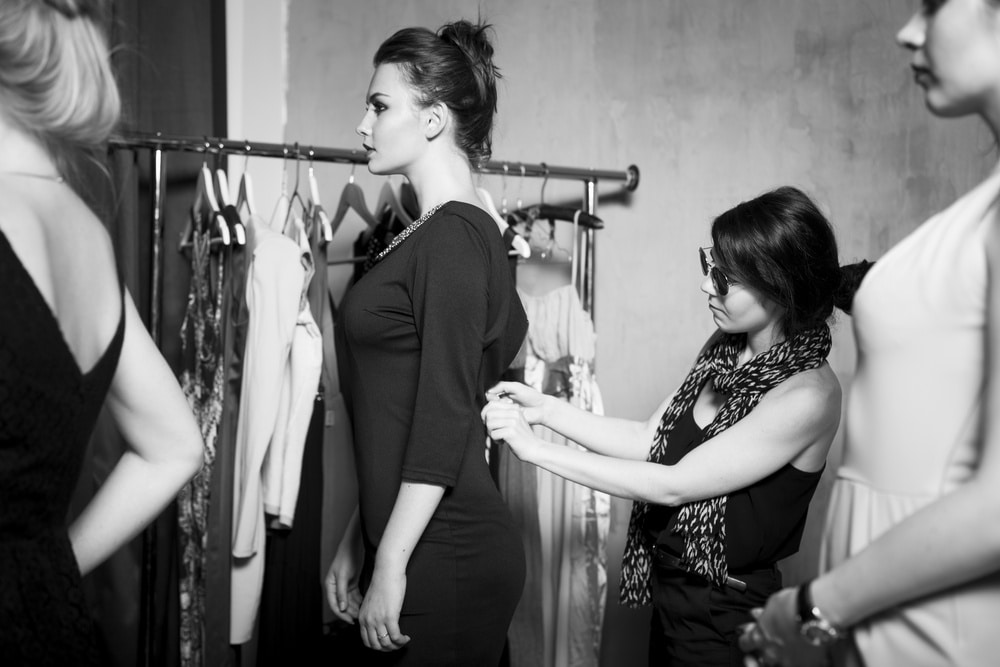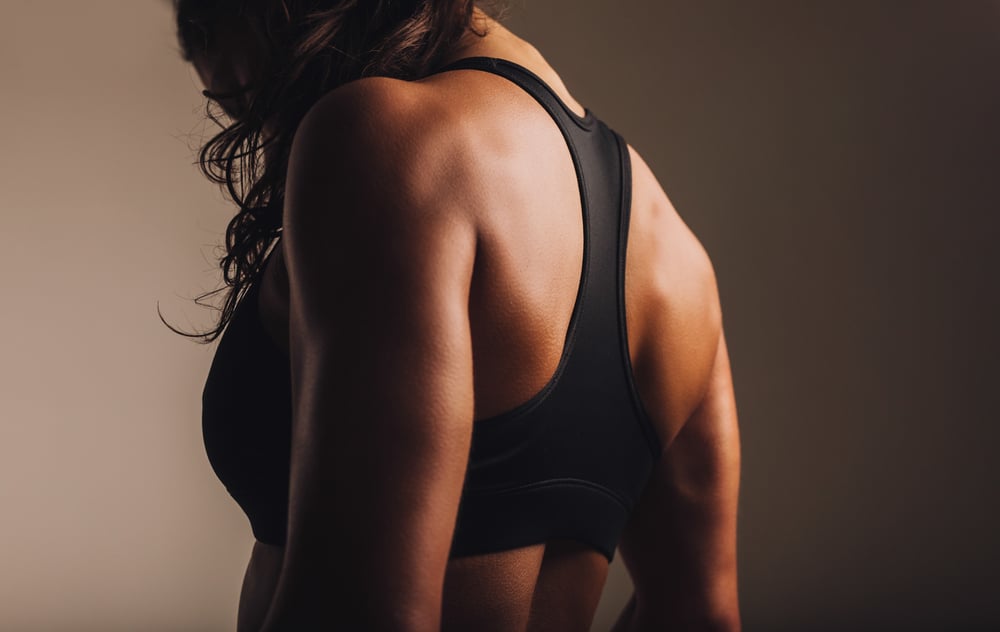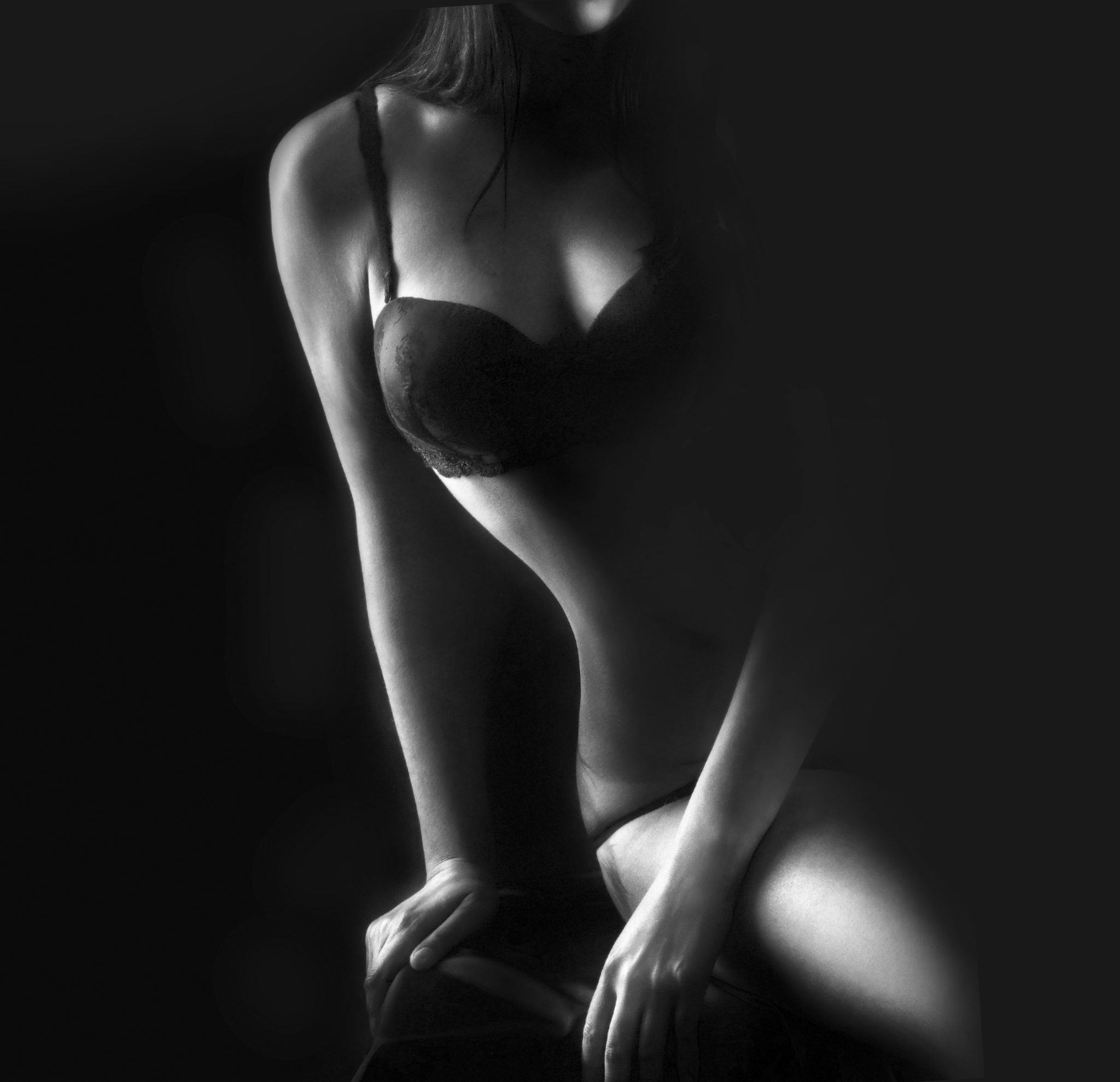Model Requirements: Do You Have What It Takes?
In a forever evolving world, the expectations in the modelling industry feel like they are constantly shifting. But while many are fighting for a more diverse fashion landscape, a lot of aspects remain the same; model requirements appear to remain constant.
More curvaceous models grace the high fashion runway than ever before, but there is still a long way to go before other stereotypes are broken and we see a more diverse range of people regularly on catwalks and in magazines.
Model Requirements
A model’s height, age and measurements (bust, waist and hips) are always taken into account, no matter what niche of modelling you are in. To become a fashion model, you must be over 16. Those that are younger than 16 are classed as teen or child models.
Other modelling requirements include an attractive or interesting face and a certain ‘something’ that makes you stand out. This could be a feature (such as red hair, freckles or big eyebrows), or it could be something about you that makes you different.
As we take a look at the model requirements and statistics for each modelling division, please bear in mind that there are always exceptions to the rule. It’s important that models continue to try and break through the strict rules and encourage brands to branch out with their choices.
Different Types of Modelling
High-Fashion
Tall, slender and beautiful models are typically hired for high fashion. The British Association of Model Agents (AMA) explains that a female model’s height should reach between 5’8” and 5’11” with a 6-8 dress size and a 34″-24″-34″ bust, waist and hip measurement. Anything above this is classed as plus-size. High-fashion brands have been criticised for their dangerously thin models and have hired token curvaceous figures to appease the masses, though unfortunately there is a long way to go before plus-size models are regularly seen modelling high-fashion garments.
The high-fashion industry has also been accused of racism, with little ethnic diversity shown. As with plus-sized models, token black or Asian models are spotted in editorials and at fashion weeks. Many are fighting to eradicate tokenism completely and have a fully-inclusive range of models seen more often.
It’s important to fight stereotypes and boundaries that make no sense. The strongest individuals are forcing change within the community; by not allowing their weight, age or race hold them back, they are able to create a path for others to follow. Examples of models breaking boundaries include trans model Andrej Pejic, short model Kate Moss and hijab-wearing model Halima Aden, who have all broken the mould and worked for top fashion designers.

Commercial/Catalogue Brands
A more accessible, natural look is desired by commercial brands, who aim to reflect their customers in their marketing. You will still need to be relatively tall, but not to supermodel standards; requirements are much more relaxed.
Symmetrical features, a beautiful smile and a slender figure is desired. However, some commercial brands have plus-size and petite sections that will hire accordingly to relate to their target audience.
Catalogue and commercial brands aim to sell their latest designs in-store and online. They will therefore choose models that reflect their customers. Young, fashionable brands such as New Look will be more inclined to choose a more girl-next-door model, whereas sophisticated high-street retailers such as Next and Zara will aim more towards slightly older, ladylike women.
Plus-Size Labels
Many people are frustrated over the industries relationship with size. The majority of healthy, beautiful women fit into the plus-size category and therefore do not relate to high-fashion models commonly seen in high-end magazines.
Many ‘plus-size’ models are campaigning to remove their plus-size label; they believe that, by labelling perfectly healthy women as ‘plus-size’, this may cause the public to have a negative relationship with their own bodies.
It’s important that aspiring models don’t allow body hangups to prevent them from following their dreams. Designers are always looking for a new way to shock and disrupt the ‘norm’, whether via outlandish tricks or a new fashion muse. An example of this is Ashley Graham. Now considered by many to be a supermodel, Ashley broke the mould of conventional skinny models and instead showed how her curves were beautiful and relatable. She did not let her fuller figure hold her back and has inspired countless women to be proud of the skin they’re in.

Petite Frames
Small frames will be well suited to petite modelling. Brands who design for a smaller build will hire models who fit their clothing. This means that short girls will have plenty of opportunities for work if they are signed to the right agency.
Typically, a petite model is classed as someone with a height measuring between 5’1” and 5’7.” Again, do not be discouraged to try out for other niches and refrain from becoming stereotyped. There are always exceptions to the rule – perhaps you could be one of them.
Fitness Fanatics
A muscular, highly toned physique is required to become a fitness model. Bulging biceps, a toned six-pack and strong thighs are a must. The niche requires individuals to form a dedicated diet plan that accompanies their strict exercise routine. A strong, passionate character will be able to maintain the daily commitment needed.
If you are not passionate about your health and fitness, you will lack the stamina required to keep your body in shape all year round. Most fitness models are experts in a certain sport or exercise – for example, football or ballet. This allows them to have a specific frame that is ideal for some niche modelling opportunities, such as a football clothing brand.

Body Part Models
Working in the body part industry requires an attractive body part – you don’t need the whole package to be a parts model, so this opens up the opportunity to a lot more people. Demands are usually for a killer pair of legs or an elegant pair of hands.
As the focus is primarily on your best feature, you must therefore take great care of it. No bruises, blemishes, scars or rashes will suffice. A beauty regime is a must to keep your body part looking in tip-top condition.
Hand models must ensure they protect their hands from cuts, bruises and sun damage. Leg models must keep their legs toned and smooth, with regular moisturising and exercising. While there is less pressure to ensure you look great from head to toe, there is still a certain amount of pressure to look after your money-making body part. A lot of body-part models choose to have their body part insured for this reason.
For more information, watch this video by a professional hand model:
The Glamour World
To succeed in the glamour industry, a busty hourglass figure is generally required. A large chest, slim waist and pert derriere is deemed the perfect seductive temptress. Glamour models must also have the confidence and body awareness to pose provocatively. Height is not so much of an issue as the focus is more on individual body parts.
Before entering the glamour world, ensure that you are 100% comfortable posing in your lingerie exposing most of your physique. Unlike other modelling niches, glamour models can get away with having quite obvious plastic surgery done.
The Beauty Industry
The beauty world is similar to the body part industry in that there is a focus on specific features. Cosmetic brands will promote their latest product which could range from mascara to shampoo.
A beauty model needs to keep each feature in good condition. Striking eyes, smooth lips and healthy locks are very much desired in this niche.
Some brands are choosing to not post-edit their photos. This means beauty models must have a good beauty foundation; clear skin, healthy hair and a beautiful smile are all likely to get you work.
Qualities Required in Modelling
In addition to each niche’s model requirements, a certain type of character is required to be successful in the competitive modelling world:
- Show confidence at each casting and modelling job, even if you’re feeling nervous. Believe in yourself and your capabilities.
- Work extremely hard to make your career successful. Modelling is not always as glamorous as it looks; there is a lot of travelling, a lot of rejection and a lot of waiting around.
- Resistance is key. You will get rejected regularly. It is part of the nature of the industry and you need to find a way to pick yourself back up every time.
- A business educated mind is vital. It is not enough to just have modelling talent; it is essential to be able to understand contracts to avoid being taken advantage of. If you are unsure, find someone who can explain everything to you properly before signing anything.
